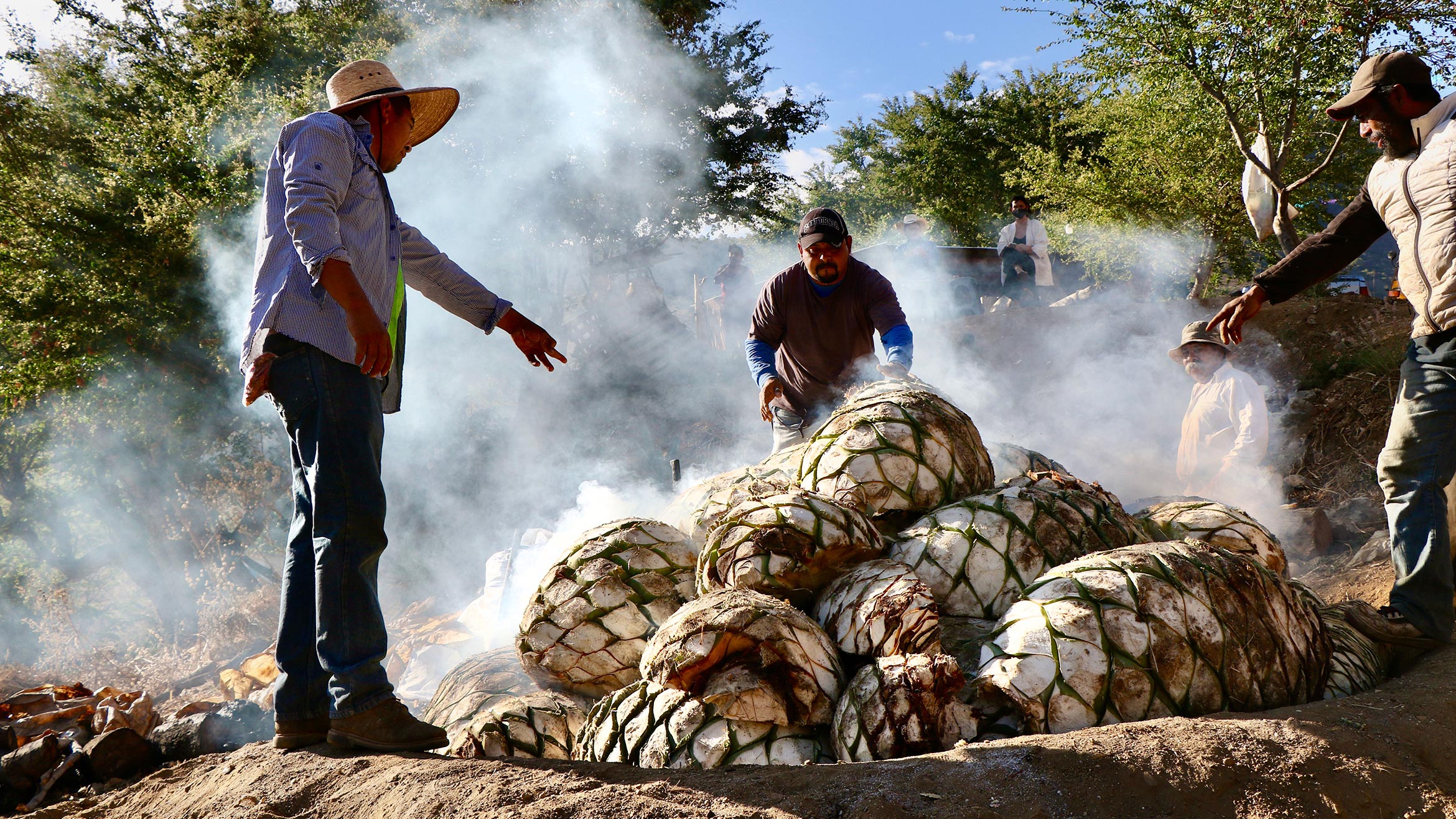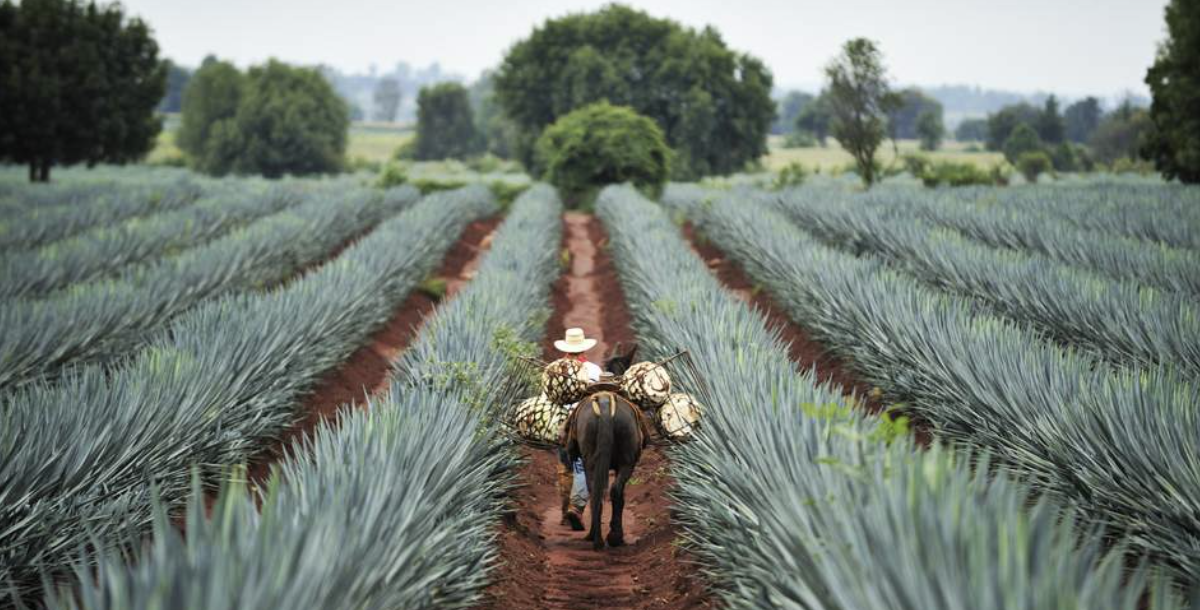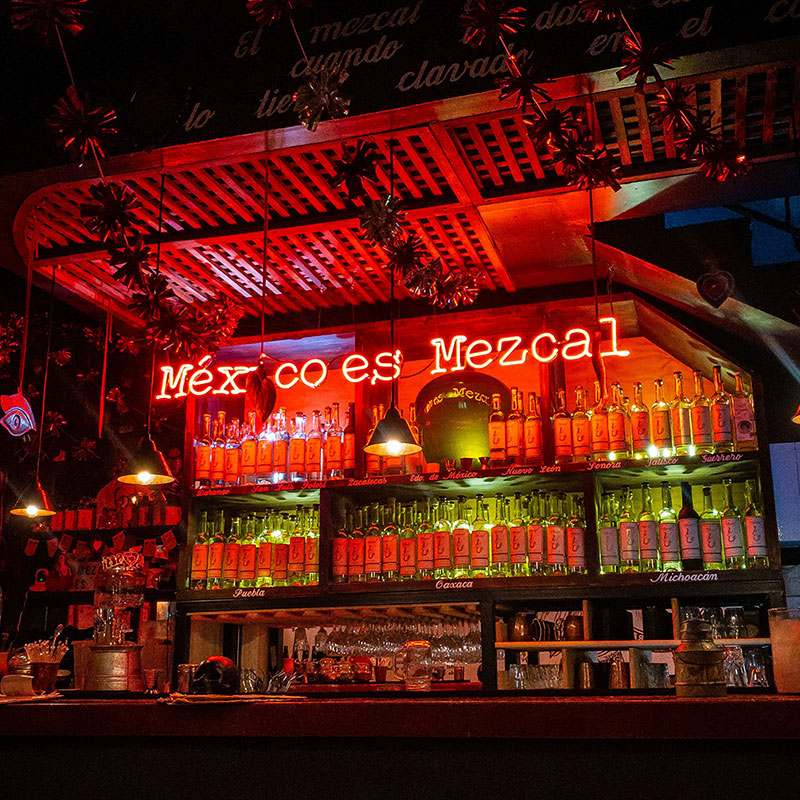Your Guide to Mezcal: Unveiling the Spirit of Mexico
Since the inception of Mezcalistas in 2012, the landscape of mezcal has transformed dramatically. What was once a lesser-known cousin to tequila has burgeoned into a beloved spirit, celebrated for its complexity and cultural richness. This surge in popularity calls for a definitive guide to mezcal, moving beyond the simplistic “smoky tequila” narrative to explore the depths of this traditional Mexican spirit.

Understanding Mezcal
At its core, mezcal is a distilled spirit made from the agave plant, akin to how wine is derived from grapes. The term “mezcal” originates from the Nahuatl word “mexcalli,” meaning cooked agave, a practice that dates back to the Spanish conquest and possibly earlier. While the word mezcal colloquially refers to any agave-based spirit in Mexico, its legal definition is more precise. Governed by a Denominacion de Origen (DO), mezcal can only be produced in ten specific states in Mexico, with Oaxaca being the primary producer, contributing to around 80% of the market’s supply.
The Craft of Mezcal Making
The journey of mezcal begins with the maturity of the agave plant, followed by the roasting of its heart, or piña, in earthen pit ovens. This traditional method imparts the distinctive smoky flavor associated with mezcal. The roasted agave is then crushed, fermented with wild yeasts, and distilled in copper, clay, or stainless steel stills. This meticulous process, often carried out in small-scale distilleries, results in a spirit with a rich array of flavors and aromas, deeply rooted in the land and culture of Mexico.

Distinguishing Mezcal from Tequila
While both mezcal and tequila are agave-based spirits, several key factors set them apart. The most notable difference lies in their production regions and the types of agave used. Tequila is primarily made from blue agave and produced in specific regions of Mexico, whereas mezcal can be made from over 30 types of agave and is produced in broader geographical areas. Additionally, the traditional roasting process of mezcal gives it a unique smoky character, contrasting with the more industrial methods used for tequila.
Exploring the Varieties of Mezcal
Mezcal’s diversity is vast, with variations stemming from the type of agave, the production region, and the aging process. From the unaged blanco to the deeply matured extra añejo, each category of mezcal offers a distinct tasting experience. The spirit’s complexity is further enriched by the artisanal methods of production, which have been passed down through generations, preserving the cultural heritage and biodiversity of Mexico.
Embracing Mezcal Today
The rising popularity of mezcal can be attributed to its novelty, distinct taste, and the compelling stories behind its production. Artisanal mezcals, handcrafted in small distilleries, resonate with the modern desire for authenticity and tradition. As mezcal continues to captivate the global spirit community, enthusiasts are encouraged to dive deeper into its history, production methods, and varieties, exploring the spirit’s unique place in the tapestry of Mexican culture.

In conclusion, mezcal stands as a testament to the rich cultural and botanical diversity of Mexico. Far from being merely tequila’s smoky relative, it is a spirit with its own profound heritage and complexity. As mezcal gains international acclaim, it invites drinkers worldwide to savor its depth, celebrate its origins, and explore the artisanal craftsmanship that makes it truly extraordinary.


